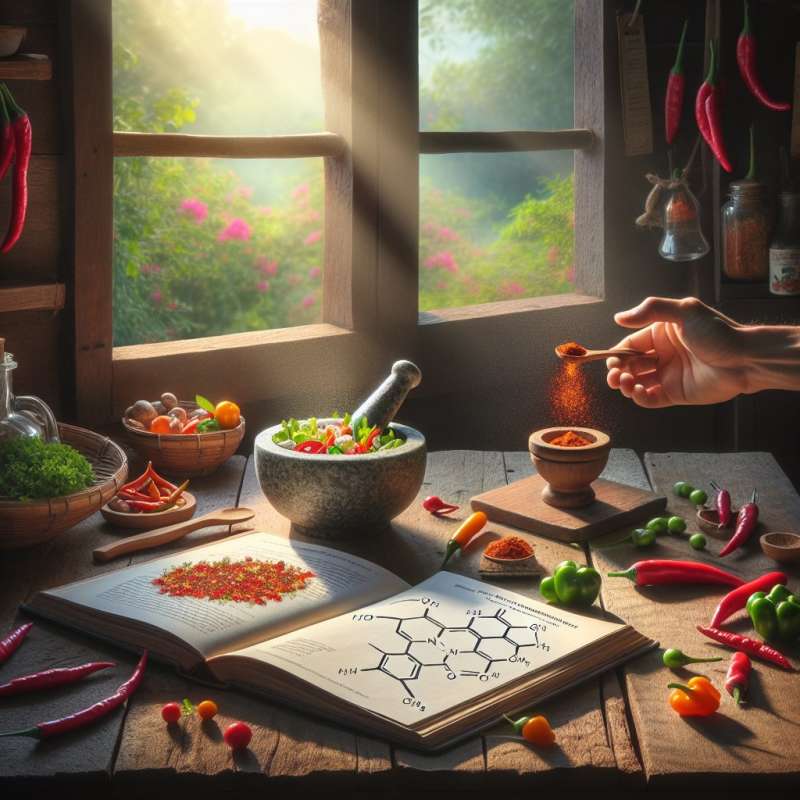
Chili Heat Origins
Capsaicin is the chemical responsible for chili heat. It binds to receptors in the mouth and throat, which are typically meant to detect heat, causing the spicy sensation.
Scoville Heat Units
In 1912, Wilbur Scoville developed the Scoville Scale, measuring chili heat. This test dilutes a chili pepper's extract until its heat is undetectable, quantifying heat in Scoville Heat Units (SHU).
World's Hottest Chilis
The current record holder for the hottest chili is the Carolina Reaper, averaging over 1.6 million SHU. However, Pepper X claims to surpass 3 million SHU but isn't officially confirmed.
Heat vs. Flavor Profile
Chilis offer more than heat. They have distinctive flavors, ranging from fruity to smoky. The bhut jolokia, or ghost pepper, combines intense heat with a subtle fruity flavor.
Health Benefits of Capsaicin
Capsaicin has medicinal properties, including pain relief, reduced inflammation, and potential cancer-fighting capabilities. It's also believed to boost metabolism and promote weight loss.
Culinary Uses Worldwide
Global cuisines use chilis differently. In Mexico, chilis add complexity to moles. In Thailand, they're integral to balancing sweet, sour, salty, and bitter flavors in dishes.
Building Spice Tolerance
You can build tolerance to capsaicin over time. Start with milder chilis and gradually introduce hotter varieties. Regular exposure trains pain receptors to become less sensitive to the burn.Chili Fire Alarm
Birds are immune to capsaicin, allowing them to spread chili seeds without feeling the heat.
What causes the spicy sensation?
Chili texture
Capsaicin binding to receptors
Chili color intensity
Company